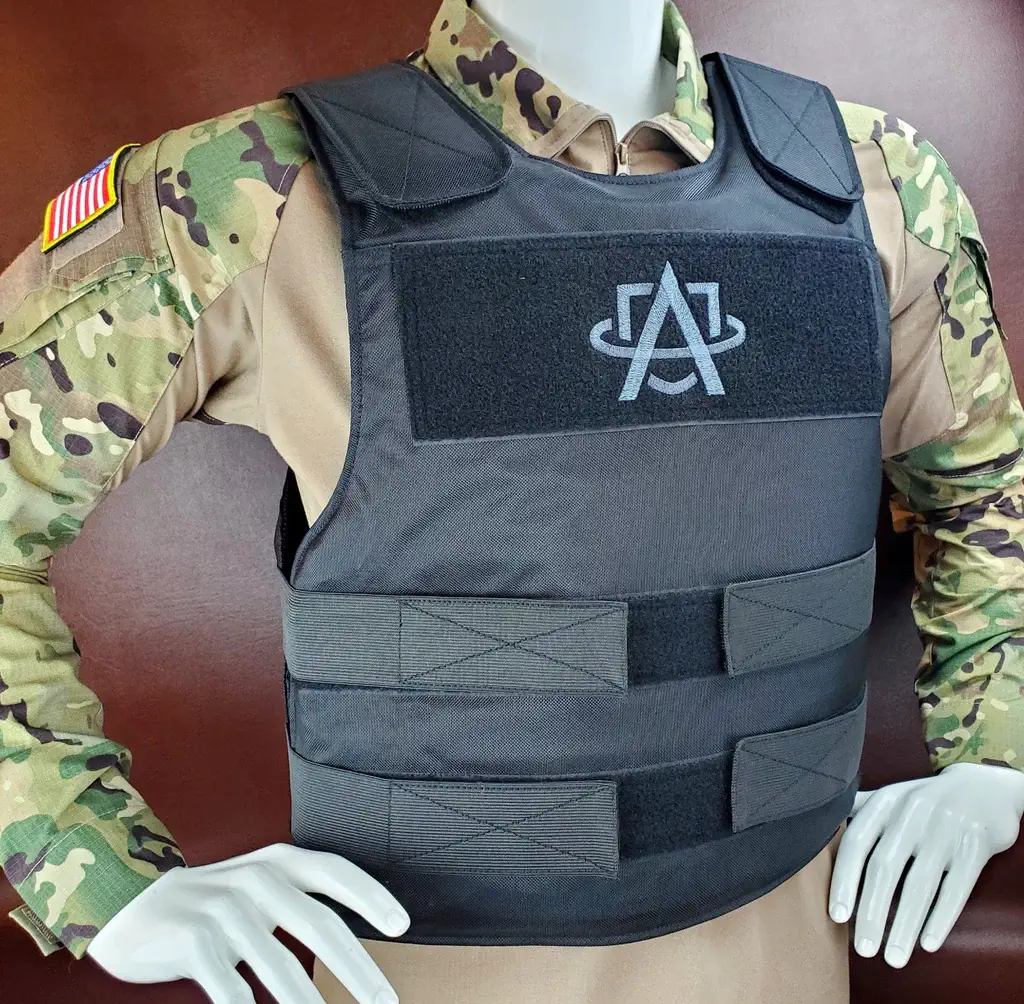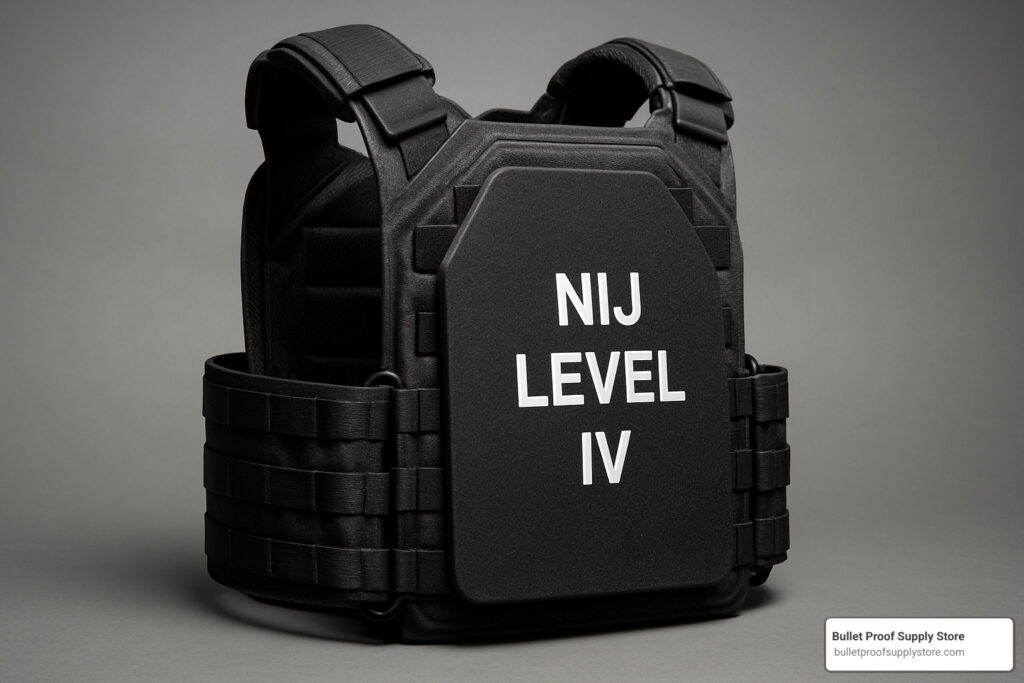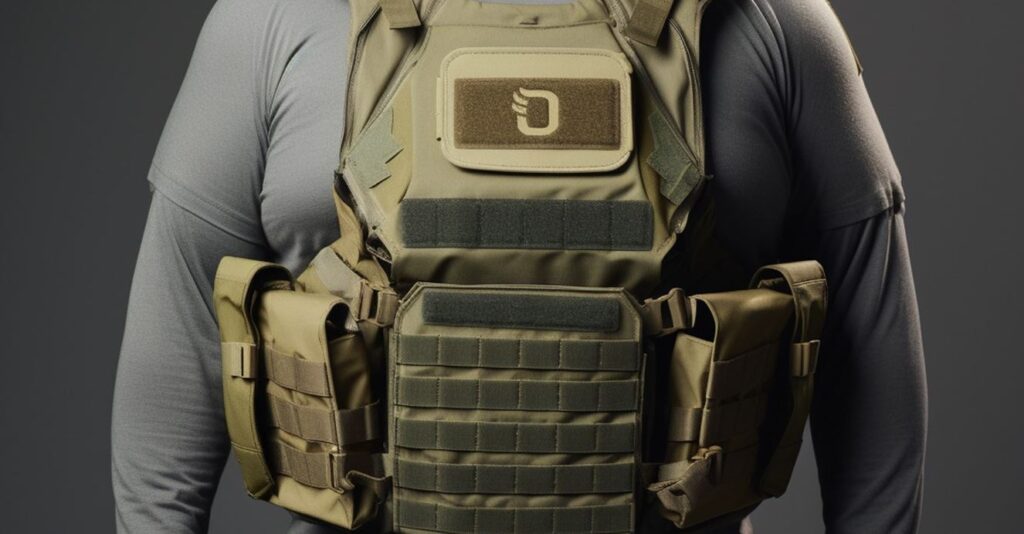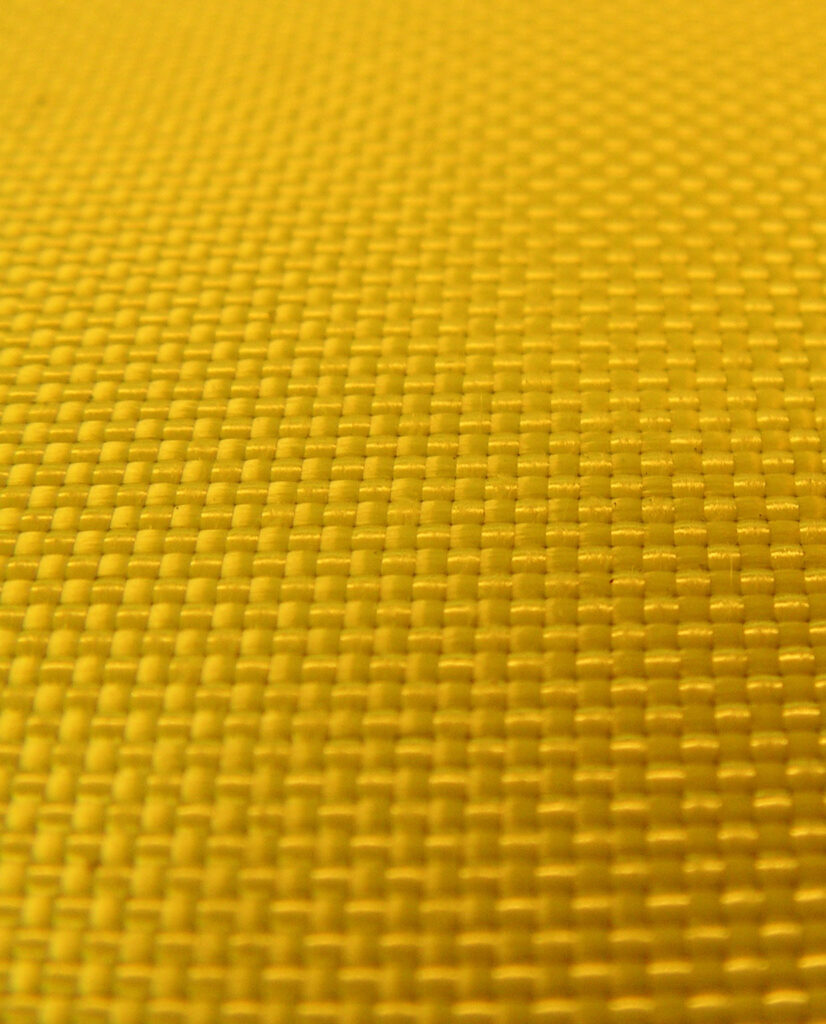In today’s uncertain world, personal safety is a growing concern, leading to an increasing demand for bulletproof clothing. From law enforcement officers and military personnel to civilians seeking enhanced protection, understanding the science behind bulletproof clothing is crucial. In this article, we will delve into the fascinating world of bulletproof clothing and explore the science behind its effectiveness.
The Increasing Demand for Bulletproof Clothing
As threats to personal safety continue to evolve, individuals are seeking innovative solutions to protect themselves from potential harm. Bulletproof clothing offers a unique and practical approach to personal security by combining fashion with ballistic protection. The rising demand for bulletproof clothing is driven by the desire for discreet and versatile protection in various situations, including high-risk occupations, personal security, and everyday life.
Understanding the Science Behind Bulletproof Clothing
Bulletproof clothing operates on the principles of material science and engineering. It employs advanced materials and construction techniques to impede or stop the penetration of projectiles, providing a layer of defense against potential threats. By understanding the scientific principles that underpin bulletproof clothing, we can gain insight into its effectiveness and appreciate the technology that goes into creating these life-saving garments.
In this article, we will examine the basics of ballistic protection, the mechanism of bulletproof clothing, the layers and construction involved, and the testing and standards that ensure its reliability. We will also explore the limitations, advancements, and real-world applications of bulletproof clothing. By the end of this article, you will have a comprehensive understanding of the science behind staying safe with bulletproof clothing.
Basics of Ballistic Protection
Different Types of Projectiles and Their Characteristics
Understanding the characteristics of different projectiles is crucial to grasp the science of ballistic protection. Projectiles can vary in size, shape, velocity, and energy. They can include bullets, fragments, or other high-velocity objects propelled by explosive force. The design and composition of projectiles determine their potential to cause injury or damage.
The Importance of Stopping or Slowing Down Projectiles
The primary objective of bulletproof clothing is to stop or slow down projectiles to prevent them from penetrating the body. When a projectile impacts the protective layers of the clothing, the energy is absorbed, dispersed, and/or deflected to minimize the force transmitted to the wearer. By effectively stopping or slowing down projectiles, bulletproof clothing reduces the risk of severe injury or fatality.
Materials Used in Bulletproof Clothing: Kevlar, Dyneema, and Other High-Strength Fibers
Bulletproof clothing relies on high-strength fibers woven into layers or panels to provide protection. Kevlar and Dyneema are two commonly used materials known for their exceptional strength and ability to resist penetration.
- Kevlar: a para-aramid synthetic fiber that exhibits high tensile strength and is widely used in soft body armor.
- Dyneema: an ultra-high-molecular-weight polyethylene fiber that offers an excellent strength-to-weight ratio and is often used in both soft and hard armor applications.
These fibers possess remarkable properties, including high tensile strength, flexibility, and resistance to impact and puncture. When woven into layers or incorporated into composite materials, they provide effective protection against ballistic threats. Other high-strength fibers and composite materials, such as Twaron, Spectra Shield, and ceramics, are also utilized in bulletproof clothing to enhance protection and durability.

The Mechanism of Bulletproof Clothing
Absorption: Energy Absorption Through Multiple Layers of Materials
One of the key mechanisms of bulletproof clothing is energy absorption. When a projectile impacts the layers of clothing, the materials in those layers work together to absorb and dissipate the kinetic energy generated by the projectile. Multiple layers of high-strength fibers, such as Kevlar or Dyneema, are strategically arranged to maximize energy absorption. As the layers deform and stretch upon impact, they convert the kinetic energy of the projectile into mechanical energy, reducing its velocity and distributing the force over a larger area.
Dispersal: Spreading Impact Force Over a Larger Area
In addition to energy absorption, bulletproof clothing employs the principle of force dispersal. The layers of high-strength fibers spread the impact force over a larger surface area, minimizing the localized effect of the projectile on the wearer’s body. By distributing the force, bulletproof clothing reduces the risk of injury by preventing the concentrated impact of a projectile in a single area.
Deflection: Changing the Trajectory of the Projectile
Deflection is another mechanism used in bulletproof clothing to protect against projectiles. When a projectile strikes the layers of the clothing, it can be deflected away from its original trajectory. The arrangement of the materials and their ability to deform upon impact can alter the path of the projectile, reducing its effectiveness and minimizing the risk of penetration.
Layers and Construction of Bulletproof Clothing
The Concept of Layering for Enhanced Protection
Bulletproof clothing often employs a layered construction to provide enhanced protection. Each layer serves a specific purpose in absorbing, dispersing, or deflecting the energy of a projectile. The layering concept allows for the combination of different materials with complementary properties, optimizing the overall effectiveness of the garment.
Inner Layers: Soft Ballistic Materials for Energy Absorption
The inner layers of bulletproof clothing are typically made of soft ballistic materials, such as Kevlar or Dyneema. These layers are designed to absorb the energy generated by the impact of a projectile. The high-strength fibers in these layers deform and stretch upon impact, converting the kinetic energy of the projectile into mechanical energy, which is dissipated throughout the layers.
Hard Plates and Inserts: Rigid Materials for Additional Protection
In some cases, bulletproof clothing incorporates hard plates or inserts to provide additional protection against higher-velocity threats, such as rifle rounds. These plates are typically made from rigid materials like ceramic, composite materials, or steel. Hard plates are inserted into pockets within the garment, and strategically positioned to cover vital areas. When a projectile strikes the plate, it disperses the impact force and prevents penetration.
Outer Carrier: Providing Structural Support and Comfort
The outer carrier of bulletproof clothing serves as a structural support system and provides comfort to the wearer. It holds the inner layers and plates securely in place while ensuring that the garment fits properly on the body. The outer carrier is often made from durable and tear-resistant materials, such as nylon or polyester. It may feature adjustable straps, buckles, or Velcro closures to achieve a snug and secure fit.
The layers and construction of bulletproof clothing are meticulously designed to work together to maximize protection. The combination of soft ballistic materials for energy absorption, hard plates for additional protection, and the outer carrier for structural support ensures a well-rounded defense against ballistic threats.
Limitations and Considerations
The Importance of Proper Fit and Coverage
Proper fit and coverage are critical factors in the effectiveness of bulletproof clothing. A well-fitted garment ensures that the protective layers align correctly with the wearer’s body, maximizing the coverage and reducing the risk of vulnerable areas. It is essential to follow sizing guidelines and consider individual body shapes and sizes to ensure optimal protection.
Vulnerabilities Against Certain Types of Ammunition and Weaponry
While bulletproof clothing provides substantial protection against many types of ammunition and weaponry, it is important to acknowledge its limitations. Some high-velocity rounds, armor-piercing bullets, or specialized ammunition may surpass the capabilities of certain bulletproof clothing. It is crucial to understand the specific threats you may face and select the appropriate level of protection accordingly.
Lifespan and Degradation of Ballistic Materials
Ballistic materials used in bulletproof clothing can degrade over time due to factors such as exposure to UV rays, moisture, extreme temperatures, and wear and tear. It is essential to follow manufacturer guidelines for maintenance, storage, and replacement intervals. Regular inspections are crucial to identify any signs of degradation or damage that may compromise the effectiveness of the clothing.

Advances in Bulletproof Clothing Technology
Lightweight and Flexible Materials for Improved Mobility
Advancements in technology have led to the development of lightweight and flexible materials for bulletproof clothing. These materials maintain high levels of protection while allowing for improved mobility and comfort. The use of advanced fibers and composite materials, such as ultra-high-molecular-weight polyethylene (UHMWPE), has resulted in lighter and more flexible garments without compromising protection.
Multi-Threat Protection: Addressing a Wider Range of Threats
Modern bulletproof clothing designs aim to address a wider range of threats by providing multi-threat protection. These garments offer resistance against not only bullets but also sharp-edged weapons, such as knives or spikes. The integration of additional layers or innovative materials enhances the ability of the clothing to withstand various types of attacks, providing comprehensive protection.
Integration of Smart Technologies for Enhanced Safety
Incorporating smart technologies into bulletproof clothing has become an area of exploration. These technologies may include sensor systems that can detect impacts, transmit data, or provide real-time alerts. Integration with communication devices or GPS tracking systems can enhance situational awareness and facilitate immediate response in emergencies.
These advances in bulletproof clothing technology continue to push the boundaries of protection, comfort, and functionality. Manufacturers are continually striving to improve the effectiveness and adaptability of bulletproof garments to meet the evolving needs of users.
Beyond Personal Protection – Applications of Bulletproof Clothing
Law Enforcement and Military Use
Bulletproof clothing plays a critical role in law enforcement and military operations. Law enforcement officers and military personnel often rely on bulletproof vests and other protective gear to safeguard themselves from potential threats in the line of duty. These garments provide a crucial layer of defense and help enhance the safety and survivability of those serving in high-risk environments.
Civilian Applications: Personal Security and High-Risk Occupations
Bulletproof clothing is not limited to law enforcement and military use. Civilians in high-risk occupations, such as security personnel, armored truck drivers, or private investigators, can benefit from the added protection provided by bulletproof garments. Additionally, individuals concerned about personal safety may choose to wear bulletproof clothing for personal security reasons, particularly in regions with higher crime rates or during specific events.
Future Possibilities and Advancements in Bulletproof Clothing
The field of bulletproof clothing continues to evolve, driven by ongoing research and technological advancements. As new materials, designs, and manufacturing techniques emerge, the potential for more innovative and effective bulletproof clothing expands.
Future possibilities may include garments with enhanced comfort, improved concealability, and increased protection against a broader range of threats. Integration with wearable technologies, such as biometrics or communication systems, may further enhance the capabilities of bulletproof clothing.
Final Thoughts
Understanding the science behind bulletproof clothing is crucial for those seeking reliable ballistic protection. By grasping the basics of ballistic protection, the mechanism of bulletproof clothing, and the importance of proper fit and maintenance, individuals can make informed decisions when selecting and utilizing bulletproof garments.
Bulletproof clothing offers a valuable layer of defense against ballistic threats, protecting energy absorption, dispersal, and deflection. With advancements in materials, construction techniques, and smart technologies, bulletproof clothing continues to improve in terms of protection, mobility, and adaptability.
Whether for law enforcement, military use, or civilian applications, investing in reliable bulletproof clothing is essential for personal safety and peace of mind. By staying informed about the latest developments and advancements in the field, individuals can make educated decisions about their protective gear. In a world where personal safety is of increasing concern, bulletproof clothing serves as a crucial tool in mitigating risks. With the continuous advancements shaping the future of bulletproof clothing, we can expect even more effective and versatile protection for those who need it most.




